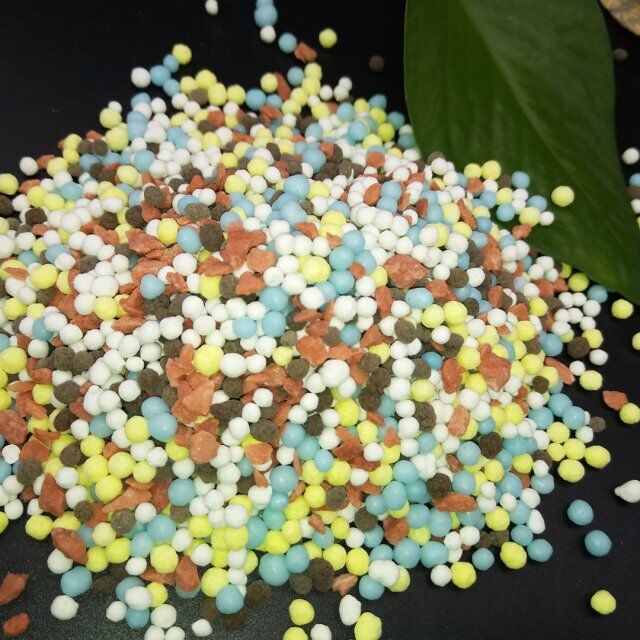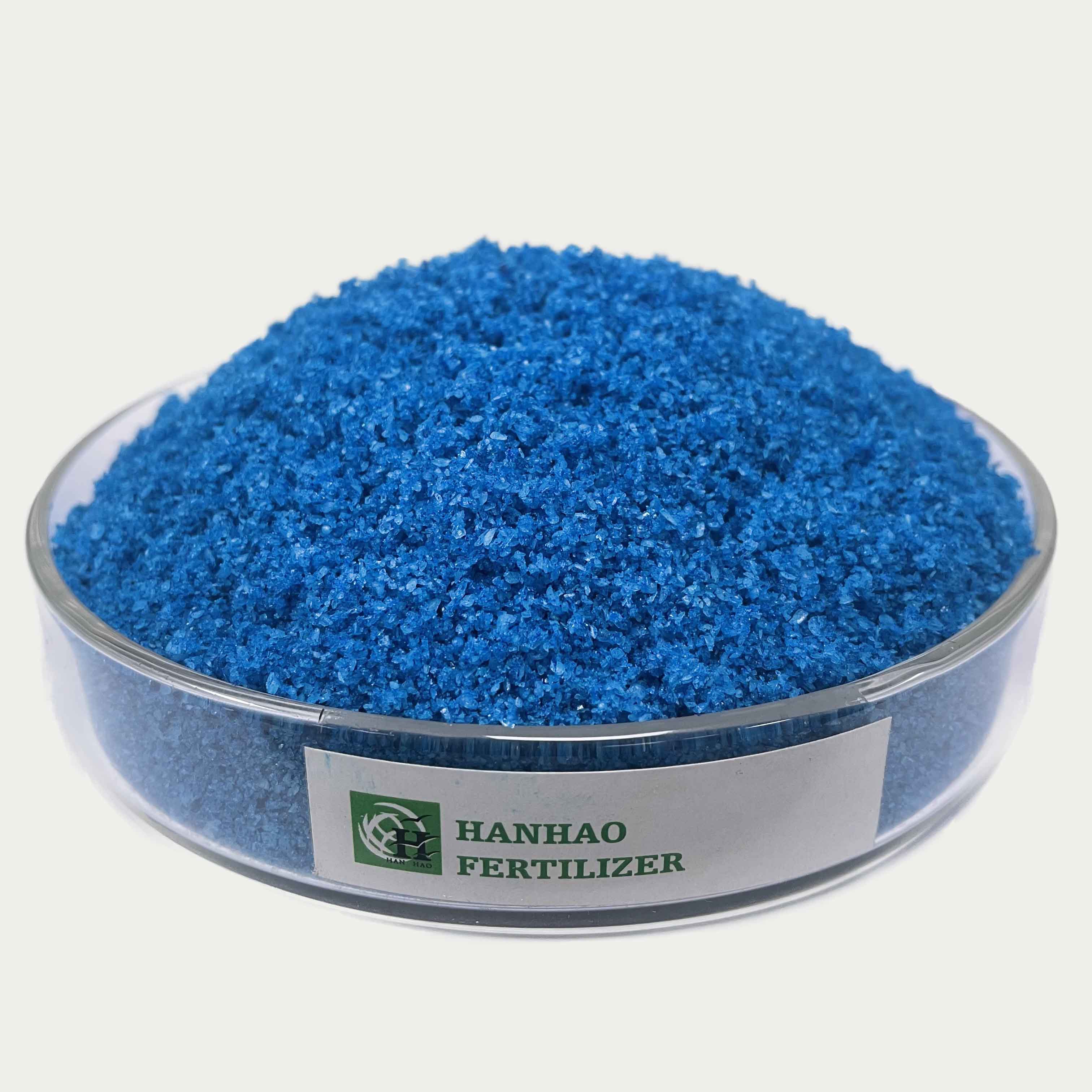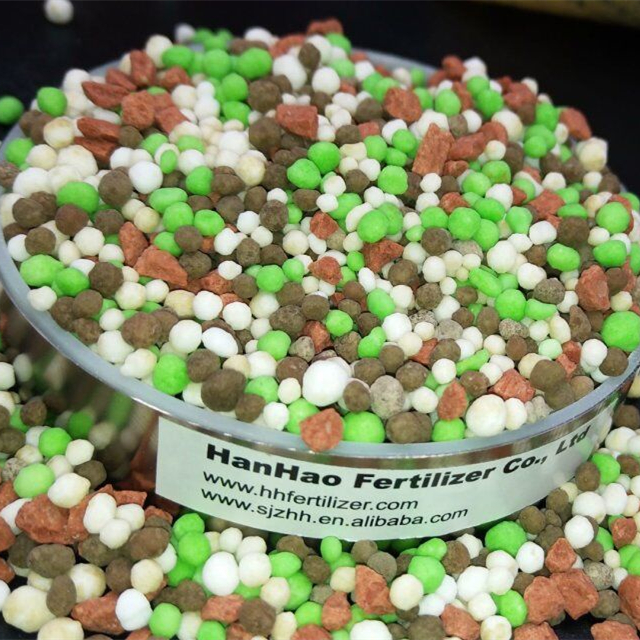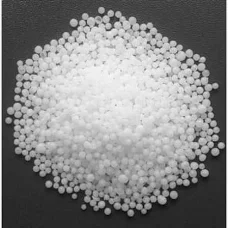Blog
-

What is NPK Fertilizer? And What Does N-P-K Do for Plants?
When my husband and I moved into our new house, the blank slate backyard became my project.By spring, I noticed the leaves on some bushes turning yellow. You’d think it’s a nitrogen deficiency, right?But after some serious digging (pun intended!), I discovered it was iron chlorosis (a lack of available iron) NOT a lack of nitrogen, causing the leaves to turn yellow.Per saperne di più -

The role of N,P,K fertilizers and the harm of excessive use
The application of fertilizers is not as good as possible, and excessive use of chemical fertilizers will cause many harms. Let's analyze in detail the effect of a large amount of nitrogen, phosphorus and potassium fertilizers and what harm will be caused by excessive use.Per saperne di più -

The ABCs of NPK: A fertilizer guide
Get a soil test. Find out your soil's pH and follow any recommendations from the testing lab.Calculate the square footage of your garden. Multiply length by width.Use the soil recommendations and your square footage to decide what type of fertilizer is required and how much you need for your area.Decide what fertilizer you need for what you want to grow. Buy enough fertilizer to treat the area.Read the bag or bottle thoroughly before applying fertilizer. Apply at recommended rates or less; do not use more.Per saperne di più -

Influence of Nutrient (NPK) Factors
The purpose of this study was to investigate the effects of nutrients (NPK) on the growth indexes (plant height, stem and leaf fresh weight, fibrous root fresh weight, and rhizome fresh weight), pharmacodynamic components (atractylenolide II, β-eudesmol, atractylodin, and atractylon), key enzymes (ACC, HMGR, and FPPS), and the genes of A. chinensis. Under different NPK combinations, the T6 (N2P3K1) scheme notably promoted the yield and volatile oil content of A. chinensis. Therefore, we believe that the process of planting A. chinensis involves, “heavy application of P fertilizer, and appropriate application of N and K fertilizer.” In addition, we noticed that the synthesis of polyacetylene atractylodin was closely related to ACC; furthermore, FPPS had an important regulatory effect on the synthesis of sesquiterpenes atractylenolide II, β-eudesmol, and atractylon. At the same time, the T6 fertilization program notably improved the key enzymes ACC and FPPS activity and gene expression. In summary, reasonable NPK administration can both effectively promote the growth of the medicinal parts of A. chinensis, and also promote the accumulation of medicinal ingredients by regulating the expression of key enzymes and genes in the synthesis pathway.Per saperne di più -

What Do the NPK and Numbers of Fertilizer Mean?
Like many other additives, peat materials contain little or no nutrients. It is almost always important to fertilize peat products to ensure good plant growth. Fertilizer with a certain formula is usually used in the production of substrates. Commonly used are NPK 14-16-18, NPK 12-14-24 and NPK 15-10-20. All these fertilizers contain major elements as well as trace elements. It is important for the plant to have both major and trace elements available from the start. It should not be forgotten that these fertilizers are active only in the first weeks of cultivation. Soon, the grower will have to start fertilize when the culture lasts longer.Per saperne di più -

NPK Fertilisers
NPK fertilisers play a pivotal role in modern agriculture, enabling the enhancement of plant growth and optimising crop yields. Comprised of three essential nutrients—nitrogen (N), phosphorus (P), and potassium (K)—these fertilisers are crucial for the health and productivity of various crops. Understanding the chemical composition, application methods, and environmental impact associated with these inputs is essential for effective and sustainable agricultural practices. This comprehensive guide delves into the basics, uses, production processes, key elements, and ecological considerations of NPK fertilisers, providing valuable insights for both seasoned farmers and those new to the field of agronomy.Per saperne di più -

Relationship Between Fertilizer & Plant Stretching
The goal of every grower is to produce high quality plants. One of the characteristics of a high quality plant is compact growth with good branching. Plants with these characteristics are stronger and able to withstand shipping and environmental stress. Growth regulators are often used to produce this desired growth, but fertilizer also has an impact on plant stretching and size.The three main attributes associated with plant stretch from fertilizer are: fertilizer application rate, nitrogen forms and phosphorus.Per saperne di più -

Organic Fertilizer Natural Boost for Your Vegetable Plants
When it comes to growing healthy and thriving vegetable plants, usPer saperne di più -

Potassium Fertilizers: Muriate of Potash or Sulfate of Potash?
Potassium (K) is an essential nutrient required by plants in large quantities. Potassium does not become part of the many complex organic molecules in the plant. It moves and performs many of its functions as a free ion, such as regulating plant water pressure, activating enzymes, balancing electrical charges, transporting sugars and starches, and more.1 Potassium fertilizers are mined from a variety of geologic potassium salt deposits around the world, some of the richest are in the Canadian province of Saskatchewan. The salts are processed to remove impurities and converted to a variety of fertilizers. Two of the most popular potassium fertilizers derived from these salt deposits are potassium chloride and potassium sulfate. The term “potash” is a general term that is often used to refer to a variety of potassium fertilizer salts or sometimes more specifically to potassium chloride, the most widely used potassium fertilizer. Potassium chloride is referred to as “muriate (meaning chloride) of potash” or MOP, while potassium sulfate is sometimes called “sulfate of potash” or SOP.2,3Per saperne di più

